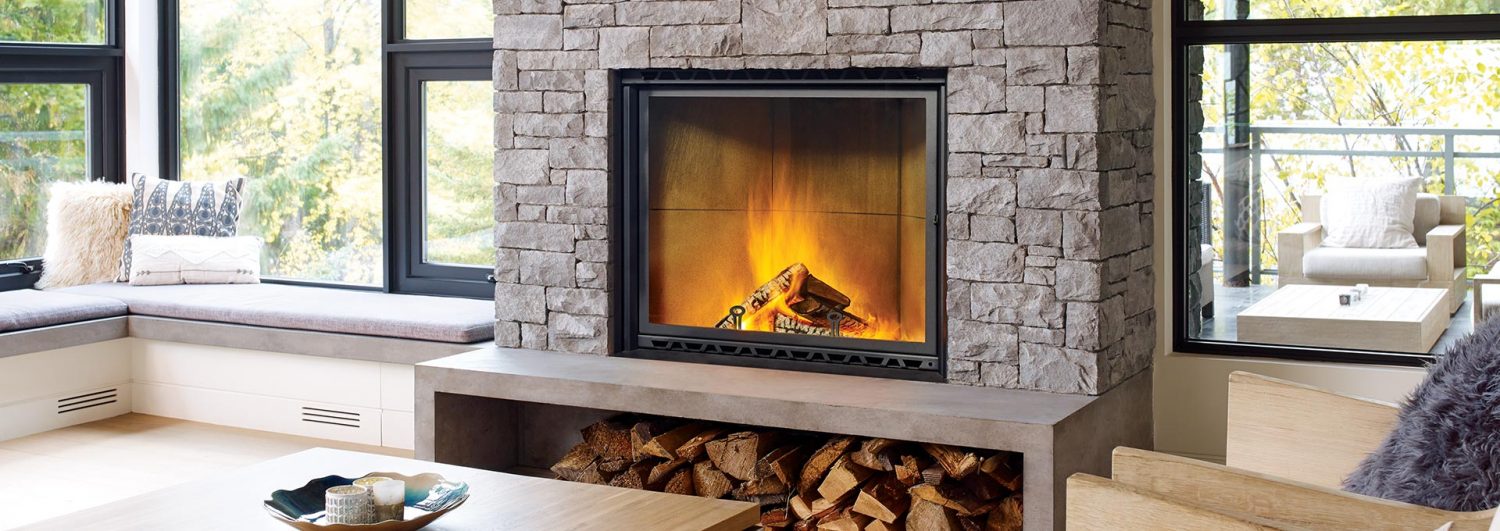
The most popular kind of fireplace is a wood fireplace. Many homeowners choose them because they are eco-friendly, provide warmth during the winter, and can lower energy use.
However, wood burning fireplaces may also be highly dangerous; therefore, you must use them with extreme caution to avoid any dangerous circumstances.
We discuss the best ways to use a wood-burning fireplace in this post. Let’s explore them.
- Burn only dried, cured wood.
Specifically, logs that have spent eight to twelve months being split, piled, and dried. In order to allow for airflow, leave the sides of your log pile uncovered.
The longest-burning hardwoods are white oak, hickory, sugar maple, beech and white ash, though dry firewood is more crucial than the type. According to the Chimney Safety Institute of America, denser woods such as spruce or white pine burn nicely, provided they are adequately dry, but you will need to add wood to your fire more frequently (CSIA).
- Only burn wood when necessary
The air quality in your home is harmed by the emission of chemicals from crates, lumber, painted wood, building waste, or other treated wood. You can use log starters to start your wood fireplace, but because they burn so hot, you should usually only use one at a time.
- When not in use, close the damper on your wood fireplace.
By doing this, you’ll stop warm indoor air from flowing up the chimney, along with the money you’re spending to heat it.
- When burning a fire, leave the bifold glass doors open.
Heat will now be able to enter the space. Keep doors closed on a prefabricated, factory-built wood fireplace with a circulating fan to prevent excessive heat loss.
- Install a chimney cap.
It will lessen downdrafts and stop debris, snow, and rain from going into your chimney. To allow smoke to exit, caps include side vents. A stainless steel cap, which is preferable to a galvanized metal one since it won’t corrode, is typically provided by and can be installed by a chimney sweep. Caps range from $50 to $200.
- Change a Damper with Poor Sealing to Prevent Heat Loss.
For your wood fireplace, a top-mounted damper that also serves as a rain cap offers a tighter seal compared to a conventional damper.
- Install smoke and carbon monoxide detectors.
Put them in the bedrooms and beside your wood fireplace.
- Schedule a twice-yearly chimney cleaning.
This is a must if you burn over three cords of wood a year. A cord is the size of two full-size pickup trucks, being 4 feet high by 4 feet wide by 8 feet long.
- Build a fire slowly, adding more wood as it warms up to ensure a safe burn.
To increase draw early on, keep the damper of your wood fireplace entirely open. To assist prevent smoke from gathering in the fireplace and creosote from forming, burn the fire hot, at least sometimes, with the damper fully open.


Comments are closed.